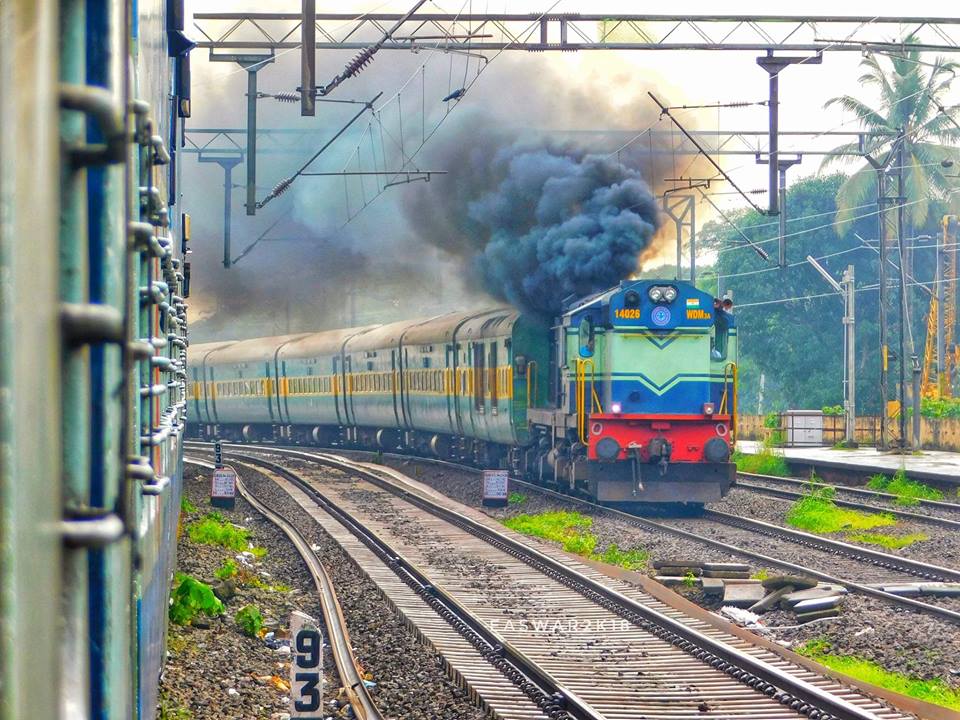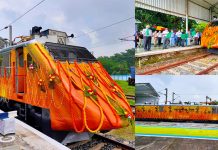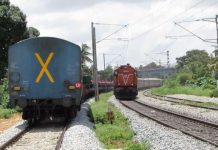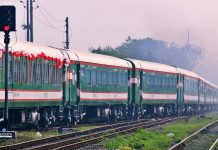How many litres of diesel does it take for a rail engine to go for 1 km of distance?
There are various types of diesel locomotives that Indian Railways use. They are classified into WDM, WDP, WDG, WDS. And all the information you are asking for, obviously, is different in each of these types of engines. WDM-2 engines are most commonly used.
In WDM-2, there are further different kinds: WDM-2A, WDM-2B and WDM-2C (which is now called WDM-3A). All these are just modern variants of earlier engines, with newer technologies implemented. WDM-2A, for example, has air brakes in addition to vacuum brakes in the original.
 Talking about the amount of diesel that a locomotive will take for travelling of 1 Km of distance is like filling the whole tank of Activa 3G Scooty! The fuel holding capacity of a diesel locomotive is around 5000 to 6500 Litres and are refueled at major stations!
Talking about the amount of diesel that a locomotive will take for travelling of 1 Km of distance is like filling the whole tank of Activa 3G Scooty! The fuel holding capacity of a diesel locomotive is around 5000 to 6500 Litres and are refueled at major stations!
The amount of Diesel being taken by a locomotive depends on the load that the engine is pulling:

1. If it is pulling only it’s own weight then it is 0.56 km/litre.
2. With load of about 5000 tons, this loco will consume 4 liters / km.
3. Normal cruising at about 90kmph, mileage of 400 litres of Diesel per 100 kms.
4. Idling at 25 Lit. per hour.
5. It depends on speed if the engine is at moderate speed then it ll be around 4-5 ltrs/km. 6.If takes high speed then it ll consume around 9-11 ltrs/km.
Many people think that Diesel Locomotives or Diesel Engines run like Bus or Truck Engines. Actually Diesel Engines run on ELECTRIC Motors. Diesel is used in a Generator for generating electricity and that electricity runs the electric motor.



















